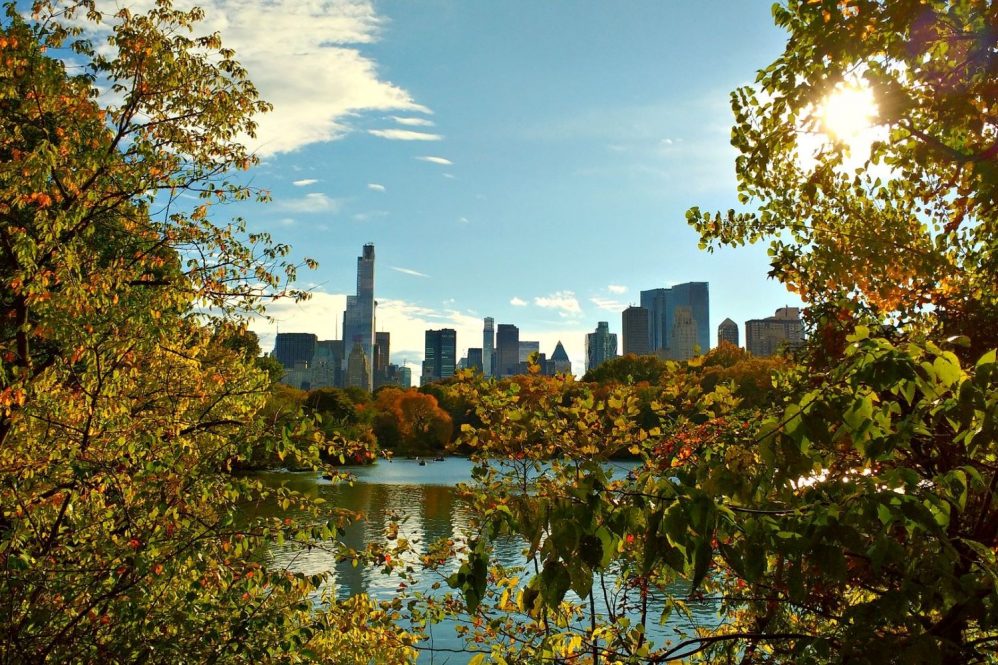The Olmsted Legacy in Connecticut: Building Sustainable Cities Symposium honored the legacy of the “father of landscape architecture” and Hartford native, Frederick Law Olmsted.
Olmsted, born in Hartford in 1822, was a pioneer in the field of landscape architecture and completed significant projects such as Central Park in New York City, Boston’s Emerald Necklace, and parks throughout the U.S. and Canada.
The symposium, co-organized by assistant professor in the College of Agriculture, Health and Natural Resources Sohyun Park and Phil Birge-Liberman in the Department of Urban and Community Studies, focused on three main areas of sustainability for park design: public, ecological, and economic health.
“I want people to understand the great things [Olmsted] did,” says Park, who is a faculty member in the Department of Plant Science and Landscape Architecture. “But more importantly, it’s crucial for us to know how we can manage and create new parks.”
Parks and other public green spaces have a demonstrated importance for people’s mental and physical wellbeing.
“People now understand how important public parks are, especially going through the pandemic,” Park says.
Parks can also provide habitat for native plants and animals and stoke the local economy.
The closing keynote address, delivered by Alessandro Rigolon, assistant professor of city and metropolitan planning at University of Utah, discussed the importance of inclusivity and equity in parks. Such considerations can help address disparities in who uses and feels safe in parks, which tend to be underutilized by people of color.
The symposium was held at the Hartford Club on April 22. Presenters included professors in urban and community studies, landscape architecture, geography, medicine, applied science, history, from UConn, UConn Health, George Washington University, Trinity College, and the University of Utah; a community planner from the National Park Service, the New Haven city plan director, and members of other Connecticut organizations focused on parks, preservation, and urban planning.
Attendees included park professionals, community volunteers, landscape architects, professors, historians, and policy makers.
“I hope this opportunity can bring up new initiatives where we can work with local communities,” Park says.
Follow UConn CAHNR on social media
The symposium was co-sponsored by the UConn College of Agriculture, Health and Natural Resources, College of Liberal Arts and Sciences, Department of Plant Science and Landscape Architecture, Urban and Community Studies Program, Department of Geography, and Department of History and Sustainable Global Cities Initiative (SGCI), and it was supported by the National Association of Olmsted Parks and the Connecticut Chapter of American Society of Landscape Architects.



